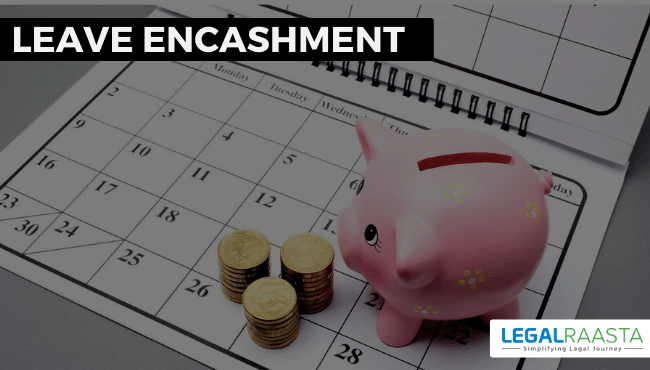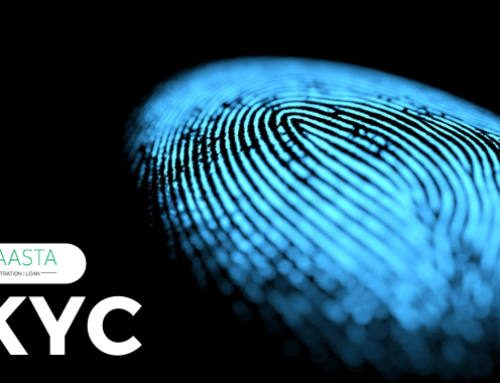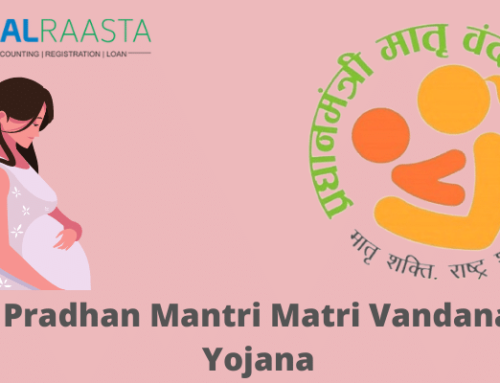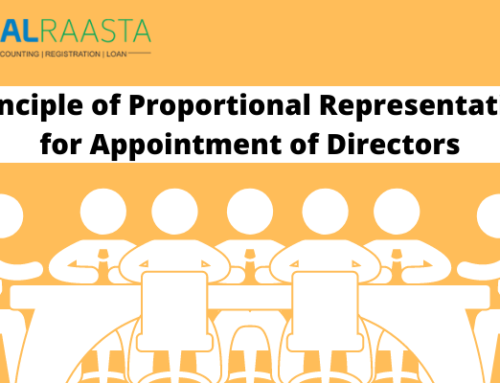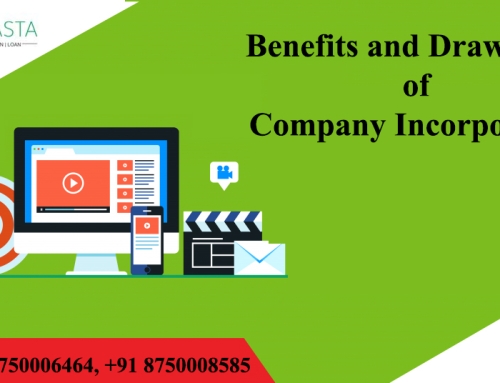The employer provides paid leave to every employee, but not all of the leaves are used by the employee during their employment. You can, however, cash in those leaves for which you were scheduled to get paid but did not. Leave encashment is a perk granted by the company to the employee in order for them to take advantage of unpaid vacation time. Keep in mind that while leave encashment is not tax-free, the Income Tax Department has allowed an exemption of a particular amount under section 10 of the Income Tax Act (10AA).
Steps for Leave Encashment
Contents
Salaried employees in the public and private sectors, on the other hand, receive virtually similar compensation, tax deductions, and vacation time. If an employee’s annual income exceeds the income tax department’s recommended limit, they must pay income tax. The employer deducts a portion of the employee’s salary and puts it in the employee’s provident fund (EPF) account. The employee has access to the provident funds during their work and when they retire. During the employee’s job time, the company also provides incentives and allowances such as travel, food, and lodging.
Employees are covered by insurance plans issued by the company, which they can claim in the event of a medical emergency and use the matured amount after retirement. However, if an employee’s leave is not used throughout the year, he or she might carry it forward and later request encashment on behalf of the untaken leaves. This procedure is known as leave encashment, and it is available to any employee.
What is the meaning of leave encashment?
Leave encashment is a leave carry forward mechanism offered by the company to its employees, and it can be spent on the employee’s unused vacation time. Because these vacations are credited annually, the employee can request encashment at the time of their resignation or retirement. The company keeps track of the employee’s used and unused paid leave, as well as the balances at the end of the employment period. In the encashment procedure, the employee might get a day’s salary for each paid leave day. This procedure applies to every employee in the organization.
Leave Encashment and the Different Types of Leaves
Employers also provide employees with several sorts of leave in addition to holidays. To help employees strike a decent balance between work and personal life, the company provides several leaves throughout their employment. Furthermore, the leaves granted are divided into two categories: paid and unpaid leaves. The following are the different sorts of employment leaves:
- Casual leave
This is the most prevalent sort of leave taken by employees. This time off can be used for up to seven days. However, each organization’s requirements may vary depending on the guidelines offered by the employer. The employee must notify the employer in advance of the planned casual leave and specify the number of days or duration of the leave. If it is authorized to be carried over as per business policy, it will be evaluated for leave encashment.
- Privilege leave
The employee might obtain this leave by informing the company in advance of his or her absence. The leave is compensated, and the employer has approved it. If the employee does not take use of this leave, they can save it up and use it later. However, privilege leave and its encashment are governed by the rules of each company.
- Medical leave
If an employee is sick and unable to work in regular settings, they can take advantage of this leave. They must notify their employer in order to take use of the leave. The number of medical leaves an employee is permitted is determined by the company, and such leaves are paid. Because this is a type of emergency leave, no prior notification from the employee to the employer is required. If the employee takes absence for a longer period of time, he or she must furnish the employer with a valid medical certificate. This is ineligible for leave encashment.
- Maternity leave
It is given to female employees who are pregnant at the time of their employment. The leave is compensated for the first 12 weeks of pregnancy up to the 26th week. The company has also granted another extension period till the next 16 months, although this time is unpaid. Deductions from the leave salary account are not made throughout the left term. This is ineligible for leave encashment.
- Paternity leave
Employees who become fathers can take use of this leave. In India, however, only government employees are eligible for paternity leave. Before or after the birth of a child, a parent employee may be allowed 15 days of leave. The leave can be taken for up to six months after the birth of the kid. This is ineligible for leave encashment.
- Holidays
Employees’ salary accounts are not debited for holiday leave because it is paid leave. National holidays, festivals, and weekly vacations are all examples of vacations. Employees from all industries make use of these vacation days. This is taken into account when encashing leave.
- Half pay leave
Employees working for government agencies are the only ones who can take advantage of this leave. Once an employee has completed one year of service with the company, he or she is eligible for half-pay leave as needed. During this leave, the individual is paid for half of their working day. The inclusion of them during leave encashment is determined by the government agency.
Providing such breaks offers a number of advantages for both individuals and the company. Employees can take medical leave that can be extended in the event of a medical emergency or health issue. Working women can benefit greatly from maternity and paternity leaves during their pregnancies. Employees can enjoy festivals and spend time with their loved ones during their vacations. Taking a sabbatical or study leave can significantly assist employees enhance their knowledge and skills while working, giving them more flexibility and confidence.
Organizations profit greatly from study leaves because employees who have been trained with new skills and knowledge contribute more to the corporation, hence enhancing business. Paid leave provided by the company allows employees to balance their work and personal lives, and it fosters a sense of trust among employees. Perhaps corporations must provide for their employees under all circumstances, and employees must reciprocate by offering their best work performance.
Guidelines for employers and employees according to Labour Law
Every company gives its employees with working rules based on labour laws. Employee terms and conditions, discrimination, employment leave rights, employee representation, and employee privacy rights are all covered by labor law. All companies doing business in India should follow these rules and give their personnel with guidance.
The Labour Act’s laws make it easier for employees to be hired, to enter into agreements with their employers, to get a basic pay scale based on minimum wages, and to follow other employee protection guidelines. The Labour Act should be followed when it comes to employee leaves taken during the course of work. As a result, in order to protect employee rights, businesses should constantly respect the rules.
Tax rules for leave encashment
- During the term of employment
Any employee who requests leave encashment for unused paid time off throughout their job period is subject to taxation because it is considered salary income. In this situation, the employee may be eligible for Section 89 tax relief. The employee can claim tax reduction from the money earned through the leave encashment process under Section 89. Form 10E must be filed by the employee in order to receive tax reduction for leave encashment. This form is easily available on the e-portal of the income tax department and once filled can be submitted online. Only income tax from a salary will be paid during the encashment.
- After retirement or resignation,
- – Employees can take advantage of encashment through their accumulated paid leave when they retire or resign. However, depending on the sort of organization where the person has worked, different conditions apply.
- -When an employee has worked for the federal or state government, they are entitled to a full refund of their paid leave, as well as a complete tax exemption.
- -If an employee dies before their leave encashment, their legal heirs can get the entire leave encashment on their behalf. They will not be assessed any income tax on the money they receive.
Tax Exemption Under Section 10(10AA)
In this situation, the following factors are taken into account in order to qualify for the section 10 exception (10AA).
- The amount of leave encashment that was really received is taken into consideration.
- The average wage for a period of ten months. The basic wage is supplemented by dearness allowances. The commission received is also taken into account. The salary of ten months is based on the salary received in the ten months leading up to their retirement or resignation.
- Even if the employee has accrued a large number of leaves in a year, the business will only consider encashment for a maximum of 30 days every year. It states that during retirement or resignation, the total number of paid leaves will be computed and then the encashment will be executed. Even if a person has not used all of his or her paid leaves and has 45 days remaining, the company will only accept 30 days of paid leave for encashment at the time of resignation or retirement.
- The money received in the case of leave encashment during the employment period will be completely taxable in all forms.
- Employees who retired after 1998 are subject to a maximum limit of Rs. 3, 00,000 in leave encashment, as set by the government. When the actual amount to be received exceeds Rs. 3, 00,000, Rs. 3, 00,000 is received as the encashment amount, and the remaining money is received in the salary account, which is taxable. Only non-government personnel are affected in this scenario.
- The legal heirs of dead employees at the time of leave encashment are eligible to receive the money without any tax deductions.
- Both government and non-government employees are required to pay tax on the amount received from paid leave encashment in the event of resignation or termination because the amount is deemed income from salary by the income tax department at the time. The tax rate is the same as when you pay income tax on your salary.
Conclusion
As a result, the leave encashment process is completely transparent, and employees can use it at any time during or after their working duration. The Indian government has enacted the Labour Act, which stipulates that employees should be given equal rights, leave, and pay. Every employee is subject to the same leave encashment rules. This money can also be used for critical things like healthcare, their children’s education, and personal savings. Leave encashment might be received during the employment time or after retirement, depending on the cost of inflation. The employee has the option of receiving a lump-sum payment or payments in phases. Employees should plan beforehand plan their income tax rates accordingly.
Related Posts

